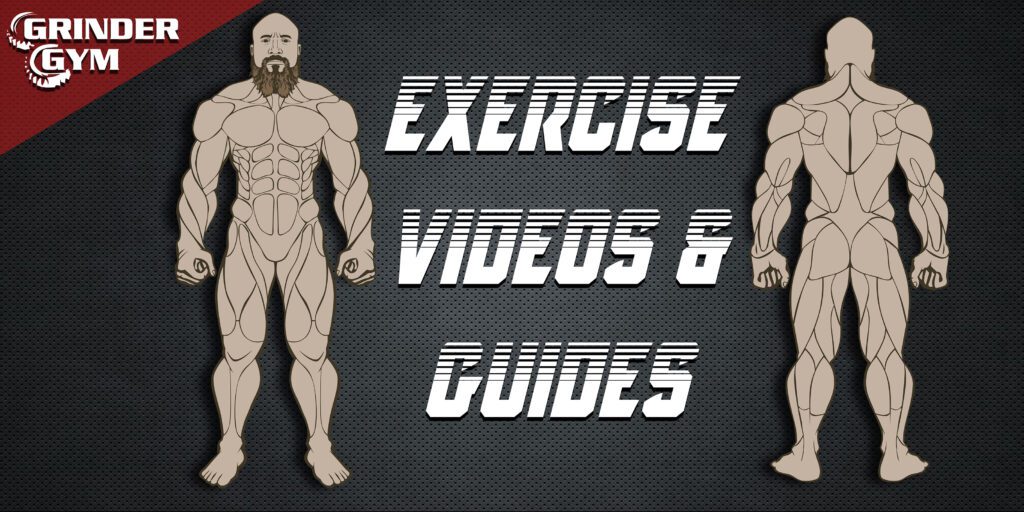Muscle building isn’t a one-size-fits-all endeavor. Different populations, such as women, seniors, individuals preferring bodyweight training, and athletes, have unique needs and considerations when it comes to maximizing muscle growth. Specialized training approaches cater to these specific groups, ensuring that everyone can effectively work towards achieving their muscle-building goals. In this article, we’ll delve into specialized training methodologies for women, seniors, bodyweight enthusiasts, and athletes.
Muscle Building for Women: Embracing Strength
Women often have concerns about bulking up or changing their physique significantly when considering muscle building. However, embracing strength training can lead to numerous benefits without compromising femininity.
Lifting Heavy Weights: Contrary to common myths, lifting heavy weights won’t lead to a bulky physique for women. Instead, it enhances muscle tone, strength, and bone density.
Focus on Compound Movements: Compound exercises like squats, deadlifts, and bench presses engage multiple muscle groups, fostering balanced development and overall strength.
Progressive Overload: Gradually increasing weights and resistance challenges muscles, leading to growth without extreme size gains.
Muscle Building for Seniors: Defying Age with Strength
Seniors can experience muscle loss and decreased functional strength as they age. However, muscle building remains attainable and highly beneficial for maintaining health and vitality.
Focus on Functional Movements: Incorporate exercises that mimic daily activities to enhance functional strength and independence.
Adapted Intensity: Senior muscle building should prioritize safety. Utilize lower weights with higher repetitions and emphasize proper form.
Balanced Approach: Include flexibility and balance training to reduce the risk of injuries and enhance overall mobility.
Bodyweight Training for Muscle Gain: Power of Bodyweight
Bodyweight training is a valuable tool for building muscle without the need for heavy equipment. It’s especially suitable for those who prefer to train at home or lack access to a gym.
Progressive Calisthenics: Gradually increase the difficulty of bodyweight exercises, such as push-ups, pull-ups, and squats, to stimulate muscle growth.
Isometric Holds: Incorporate static holds in positions like planks and L-sits to engage muscles and promote hypertrophy.
Varying Leverages: Adjust leverage and angles to intensify bodyweight exercises and target different muscle fibers.
Muscle Building for Athletes: Elevating Athletic Performance
Athletes have specific training goals that extend beyond muscle growth alone. They seek to enhance their performance while maintaining optimal physical condition.
Sports-Specific Training: Tailor workouts to mimic movements and demands of the sport, incorporating both strength and agility.
Periodization: Use periodization to integrate phases of muscle building, strength, power, and sports-specific training.
Nutritional Support: Athletes need precise nutrition to fuel workouts and aid recovery for effective muscle building while supporting performance goals.
In conclusion, specialized training approaches cater to the diverse needs and goals of different populations. Women can embrace strength training to enhance overall fitness without fear of bulking up. Seniors can defy age-related muscle loss by focusing on functional movements. Bodyweight enthusiasts can harness the power of bodyweight exercises for muscle gain. Athletes can integrate muscle building into their training regimen while elevating their performance on the field. Remember, every individual is unique, and considering these specialized approaches ensures that muscle building remains accessible and effective for everyone, regardless of age, gender, training preferences, or athletic pursuits. Always consult with professionals and consider integrating these strategies under expert guidance to ensure safe and efficient implementation.

